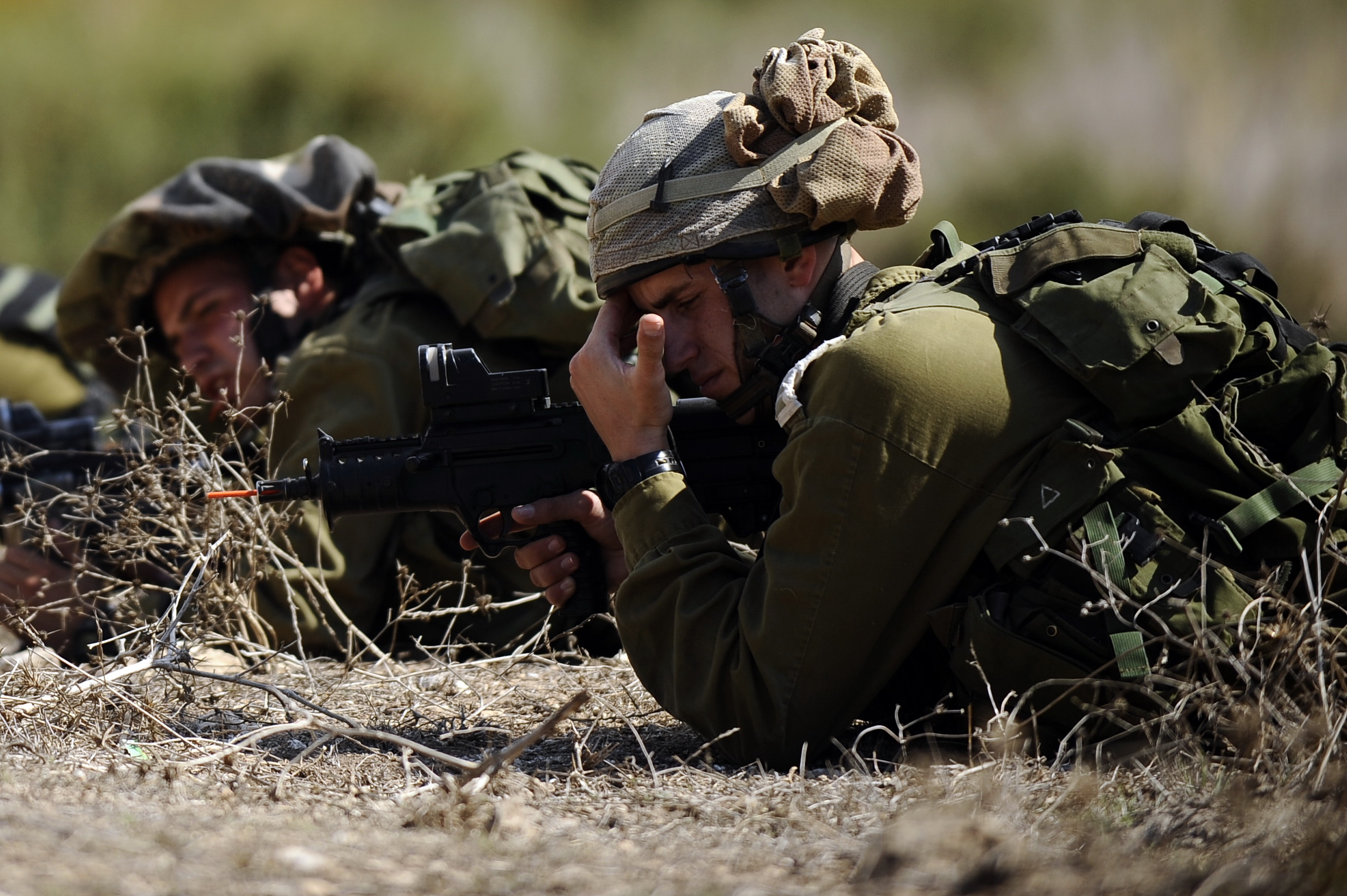 The "Israel" War Forces' ability to destroy Hamas' tunnels during the recent so-called "Operation Protective Edge" aggression against seized Gaza was impeded by large gaps in training and a lack of appropriate equipment, an "Israeli" Haaretz investigation shows as it published on Friday.
The "Israel" War Forces' ability to destroy Hamas' tunnels during the recent so-called "Operation Protective Edge" aggression against seized Gaza was impeded by large gaps in training and a lack of appropriate equipment, an "Israeli" Haaretz investigation shows as it published on Friday.Haaretz wrote that, "Despite knowing about Hamas' tunnels, the "Israeli" cabinet was still caught unawares by events this summer," as it said one of its findings in a major investigation into the so-called "Operation Protective Edge" shows.
"These gaps, along with sketchy operational plans that were updated and completed only at the last minute, led to the prolongation of the ground "operation" [invasion] well beyond the security establishment's original estimate. The delays also stemmed from the fact that the security cabinet vacillated at length over whether to approve the action against the tunnels, due to reservations on the part of the security establishment itself."
"The ground forces lacked the appropriate means to blow up the tunnels, once they were located," Haaretz further said.
"What was understood within GOC Southern Command, the Gaza Division and Military Intelligence was not sufficiently translated into action in the rest of the IDF ["Israel" War Forces]. At GOC Central Command, they had begun talking about subterranean warfare, in bunkers and tunnels... But on the ground, the army contented itself with constructing relatively short tunnels at three command training bases... A visit to one of them about a year ago did not create a favorable impression: It looked like an ordinary fighting trench, with a roof over it, not a complex combat area," Haaretz said.
"Most of the regular infanatry battalions and special units experienced the tunnels only via brief training maneuvers that were almost devoid of real content. "We shimmied down a rope into the opening of an area that resembled a nature reserve...That was the whole extent of our acquaintance with subterranean combat," relate soldiers from an infantry brigade scouting unit, Haaretz added.
"And the preparations in the reserve units - even the combat engineering battalions - were superficial or nonexistent," said Haaretz.
"Reserve officers and soldiers from engineering battalions said the training they underwent once a year, or every two years, was suited to the force's older roles, like clearing paths through minefields. There was no talk of tunnels, not even in a few reserve battalions that were assigned in advance to possible action in an operation to occupy the [seized] Gaza Strip. When the soldiers told their commanders the contents of the training weren't relevant to the operational challenges they might face, they were told there was awareness of the problem," it said.
"And so, without a detailed and sufficiently drilled combat doctrine, and with minimal practical knowledge, a patchwork operational plan and insufficient means for destroying the tunnels, the forces entered the [seized] Gaza Strip... But the difficulties stretched the operation beyond the amount of time that had initially been assumed," added Haaretz even further.
"The soldiers who operated in the [seized] Gaza Strip were surprised by the number of shafts and subbranches of each tunnel, which necessitated lengthy searches."
Therefore, the bottleneck, say division and brigade commanders who participated in the ground operation, was felt in two places: "The speed of locating the complete routes of the tunnels; and the speed of blowing them up. "We had only moderate readiness for dealing with the tunnels," said Padan, as Haaretz wrote.
The army did not have enough earthmoving equipment to deal simultaneously with such a large number of tunnels, Haaretz further said.
"Because of the equipment constraints, we worked in tune instead of in parallel. There was a significant gap in the means. There were not sufficient means for the number of teams and an operation of this volume. We do not have the capacity to deal with 32 tunnels."
"During the fighting, the IDF ["Israel" War Forces] had to resort to emergency conscription of bulldozers and huge drills from the private sector... The chief of staff confirms: "We do not have 32 excavators and 32 drillers in the IDF ["Israel" War Forces]. This is part of the bottleneck that developed," said Haaretz.
"The greatest difficulty concerned the blowing up of the tunnels themselves. The methods and means at the IDF's ["Israel" War Forces] disposal were suited to the days when tunnels were shorter and closer to the surface," it added.
"The IDF ["Israel" War Forces] had only two such systems when the fighting began, As a substitute, the army used nearly half a million land mines and other explosives... In most cases, the destruction of the tunnel was therefore only partial..." it further said.
"No one knew, and no one had planned in advance, how to deal with the tunnels. Nearly everything was done in a spontaneous way in the field."
"During the war, I was shocked," adding that, "There was a kind of "Israeli" dereliction pervading, one that maybe was born out of a bit of smugness and inattention, and was compounded by a shortage of funds and arms. What will happen against Hezbollah, in Lebanon? The pattern may repeat itself."
"There was one forum where no serious discussion of the tunnel threat took place during that period: the security cabinet. Most of its members, according to their own testimony, were not aware of the extent of the problem."
"We didn't have enough information, said Amidror, in retrospect... Even at Military Intelligence, they now admit, in retrospect there was a greater need to make the tunnels question much more pointed in the cabinet," Haaretz added.















No comments:
Post a Comment